Mercedes Benz EQC-Class Owner's Manuals
Mercedes-Benz EQC – all-wheel drive electric crossover class “K2”. The official premiere of the car took place as part of the Paris Motor Show in October 2018.
The designers of Mercedes-Benz had a clear task to make the car unique in its own way, while maintaining the brand’s corporate identity. Did they end up with a beautiful car? – everyone decides for himself. But the fact that it really differs from its ICE counterparts cannot be denied.
The platform with the “green” crossover, as can be understood from the letter “C” from the name, was shared by the GLC model. The couple have the same wheelbase length (2873 mm), front double wishbone suspension and rear multi-link. True, the length of the EQC is 107 mm longer (4762 mm), but the width and height of the plus/minus crossovers are the same.
The trunk of the car is one and it is located in the “right” place – behind the car. The entire engine compartment is occupied by the electronics control unit, while most competitors have an additional compartment for luggage there.
The interior of the “train” in the style of the latest models. On the front panel is a frameless dashboard, consisting of two connected screens with a diagonal of 10.25 inches each: on the left is a virtual dashboard where the range reading is displayed instead of a tachometer, on the right is the touch screen of the new MBUX system. Of the features, perhaps its own shape of a torpedo and narrow rectangular air duct deflectors.
The manufacturer proudly declares that despite the transition to pure electric traction, the EQC will remain a real Mercedes, providing its owner with the highest comfort, noble driving performance and maximum safety.
At the moment, the electric Mercedes is only available in one version – the EQC 400 4Matic. This only tells us that the car has two electric motors (one for each axle) with a total capacity of 408 hp. and 760 Nm, and a lithium-ion traction battery with a capacity of 80 kW / h. The declared power reserve is 445-471 km, and this is according to the outdated NEDC cycle, which means that in real life this figure will be significantly lower. But the energy consumption of 20.8 kW / 100 km indicated by the same NEDC, on the contrary, will be significantly higher. It remains to hope that even with acceleration from 0-100 the car will show the declared 5.1 seconds.

 2023 Mercedes-Benz C Class C... Owner's Manual
2023 Mercedes-Benz C Class C... Owner's Manual  2023 Mercedes-Benz S Class Owner's Manual
2023 Mercedes-Benz S Class Owner's Manual  2023 Mercedes-Benz GLE Owner's Manual
2023 Mercedes-Benz GLE Owner's Manual  2023 Mercedes-Benz GLC Owner's Manual
2023 Mercedes-Benz GLC Owner's Manual  2023 Mercedes-Benz GLB Owner's Manual
2023 Mercedes-Benz GLB Owner's Manual  2023 Mercedes-Benz GLA Owner's Manual
2023 Mercedes-Benz GLA Owner's Manual  2023 Mercedes-Benz G Class Owner's Manual
2023 Mercedes-Benz G Class Owner's Manual 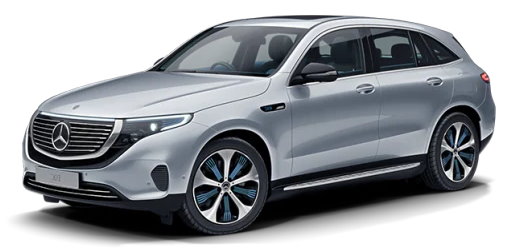 2023 Mercedes-Benz EQC Class
2023 Mercedes-Benz EQC Class 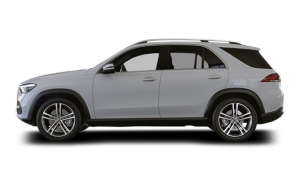 2024 Mercedes-B...
2024 Mercedes-B...  2019 Mercedes-B...
2019 Mercedes-B... 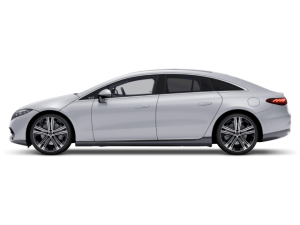 2023 Mercedes-B...
2023 Mercedes-B... 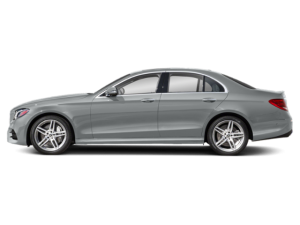 2017 Mercedes-B...
2017 Mercedes-B... 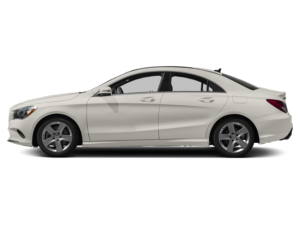 2018 Mercedes-B...
2018 Mercedes-B...